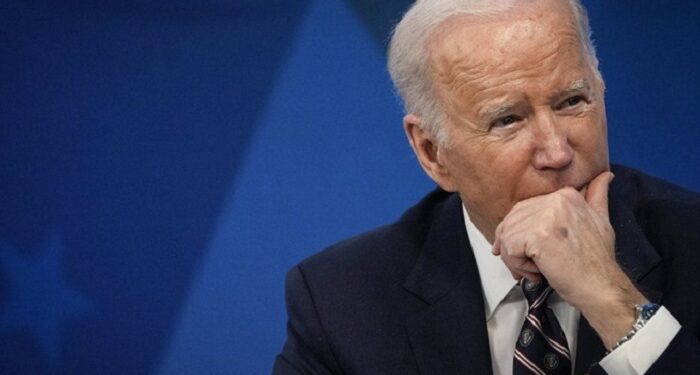US President Joe Biden has revealed his newest idea to assist millions of Americans in repaying student loans, aiming to honour a campaign promise ahead of the November election.
Last year, the Supreme Court rejected his original proposal to cancel up to $20,000 (£15,800) for some borrowers.
This “Plan B” aims to provide relief to five types of borrowers, including those with “runaway interest”.
The White House estimates that more than 30 million Americans might benefit.
Approximately one in every eight Americans has outstanding student loan debt, including tens of thousands who completed education and entered the workforce decades ago.
Younger people, in particular, frequently list debt relief or forgiveness as top priorities, and many Democrats claim the president has not kept pledges he made on the topic as a candidate four years ago.
Younger people, in particular, frequently list debt relief or forgiveness as top priorities, and many Democrats claim the president has not kept pledges he made on the topic as a candidate four years ago.
As he seeks re-election, Mr. Biden’s latest measures may help heal the wounds in a political coalition that has become disillusioned with his job performance and management of the Gaza conflict.
Donald Trump, the expected Republican nominee in November, opposes student debt elimination.
Mr. Biden will pitch the concept later on Monday during a visit to Madison, a liberal college town and the capitol of Wisconsin, a critical swing state where he nearly defeated Mr Trump in 2020.
In the coming days, Vice President Kamala Harris and other administration officials will travel around the country to pitch the initiative to voters.
An outline of the plan was published on the White House website early Monday.
The plan will not go into effect immediately. The education department is following a multi-step rule-making procedure, which may take months. Portions of the new rule will most likely be enforced in the autumn, offering a boost ahead of the election.
Monday’s announcement spells out relief for:
- Borrowers who now owe more in student loans than they took out originally because “runaway interest” has built up;
- Long-term borrowers who have carried the debt for more than two decades;
- Borrowers who were eligible for relief but “have not been able to overcome paperwork requirements, bad advice, or other obstacles”;
- Borrowers who attended student programmes that shut down cheated families or otherwise failed to provide financial value; and,
- Borrowers experience hardship that prevents them from fully paying back the loans now or in the future.
According to the White House, these moves would completely forgive debt for more than four million people, eliminate interest balances for up to 23 million, and provide at least $5,000 relief for more than ten million.
Borrowers who are qualified for this type of relief may not have to apply for it; instead, they will be recognised and modifications will be immediately paid to their accounts.
However, the latest effort is expected to be hampered by a slew of conservative legal challenges.
Opponents of debt relief argue that it does not address the issue of expensive higher education, does not promote the economy, and ignores financially strained Americans who did not attend college. They also argue that targeted approaches are unfair to borrowers who have already paid down their student loans, often via financial hardships.
Last June, the nation’s highest court overturned the president’s ambitious plan to use an existing law to erase $430 billion in student debt, wiping off the outstanding balances of around 20 million people.
The court’s conservative majority found 6-3 that the Biden administration had misinterpreted legislation to “(expand) forgiveness to nearly every borrower in the country”.
Since then, the White House has used existing laws to grant $146 billion in debt relief to over four million Americans, while simultaneously seeking to change the student loan system in other ways.











